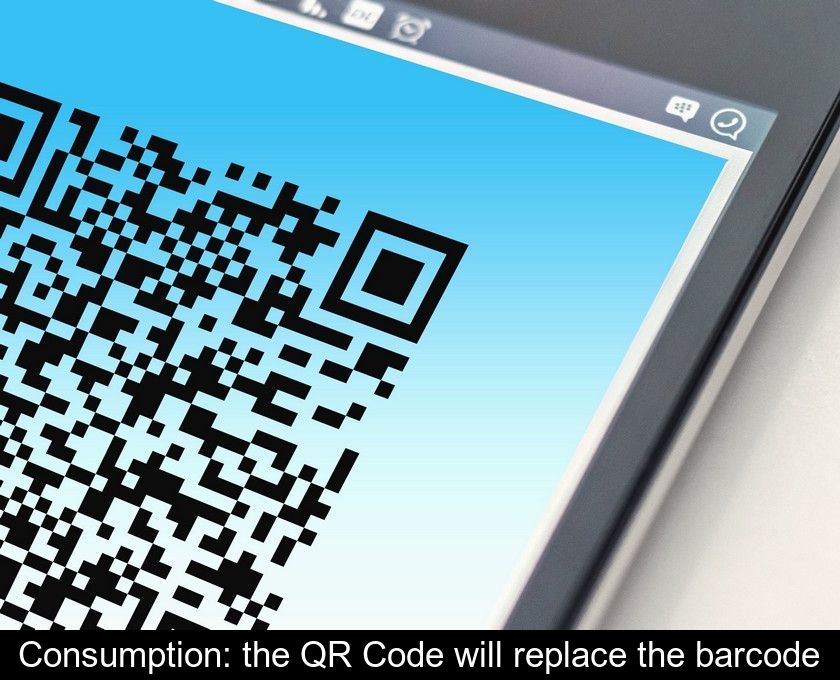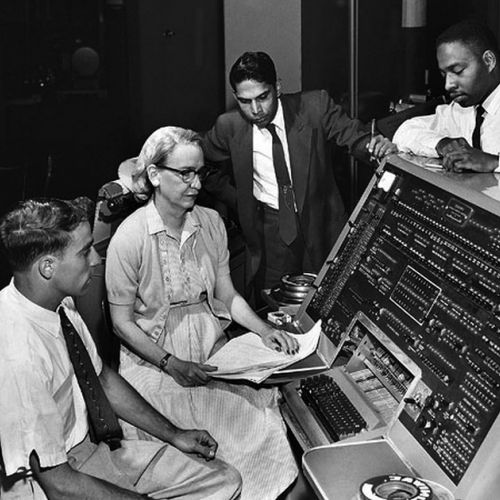Consumption: The Qr Code Will Replace The Barcode
It's been more than 50 years since the barcode, with its 24 strokes symbolizing 13 digits, has been widely used on consumer products. But this symbol, well known by consumers, will disappear from packaging by 2027 and be replaced by a QR Code. We explain what this will change for you.
A revolution is underway
This symbol composed of 24 lines is so common that we don't even see it anymore... And yet, it's been more than half a century since the barcode has been generalized on packaging, from the package of cookies to the bottle of mineral water.
In the coming years, however, this staple in industry and on supermarket shelves is likely to disappear. A new labeling system will be gradually implemented by 2027.
The leaders of Global Standard 1 or GS1 have indeed decided to replace the barcode with a QR code and even an augmented QR code. GS1 is an association under Belgian law that brings together 150 countries and 57,000 members from the distribution, industry, e-commerce and logistics sectors.
An evolution for more information
Since the health crisis and the TousAntiCovid application, the French have become familiar with QR Codes, these squares composed of small black and white pictograms.
If GS1 decided to replace barcodes with these new symbols, it is not only to follow the trend and use a more modern system. It's also and especially because QR codes can provide much more information.
While a barcode only symbolizes 13 digits and only gives the product reference and its price, a QR code can contain up to 400 pieces of information! This new format therefore opens up unsuspected prospects in the distribution sector as well as in the logistics and industrial sectors.
Supermarket checkouts will gradually be equipped with fast readers, like those already used by carriers and couriers to manage packages. With this new code, products close to their expiration date will be identified automatically and customers will be able to take advantage of a discount without supermarket employees having to re-label products.
We can even imagine that this new code will be able to recognize products that are past their use-by date so that you don't buy expired yogurt by mistake...
New opportunities for brands and customers
As a reminder, all you have to do is scan a QR code with your smartphone to see a link on the screen that you are invited to click. This link usually redirects you to a website, a PDF document, an image or a video or even to an application to open...
This black and white square thus allows to give the consumer all sorts of information, such as the origin of the product, its composition, its use-by date or even its instructions for use (whether it is the cooking time of a frozen dish or the assembly tutorial of a piece of kit furniture).
This symbol also allows brands to direct the customer to marketing campaigns using different digital media. In addition to its marketing value, it has the added benefit of facilitating product tracking and inventory management throughout the supply chain.
At a time when second hand is growing, QR codes will encourage resale, repackaging and repair of objects because they constitute a real identity card of the product.
Some ready-to-wear brands have already started printing them on labels to give customers information about the size and composition of the clothes. When you want to resell a garment on Vinted or another second hand website, you just need to scan this code to retrieve all the information and simplify the online sale.
A boon for hackers?
Like any digital medium, QR codes are a new entry point for hackers. It is indeed easy to create a QR code and hackers could easily affix their own codes on products to deceive consumers and lure them to a malicious site.
This type of scam is a new form of phishing called Qrishing. At first glance, there is nothing to distinguish a legitimate QR code from a malicious QR code.
But rest assured! Simply flashing the code poses no risk, if you don't do other actions afterwards, such as giving personal information to the scammers. As is often the case with online scams, you'll need to be vigilant to foil the traps and deceptions!









